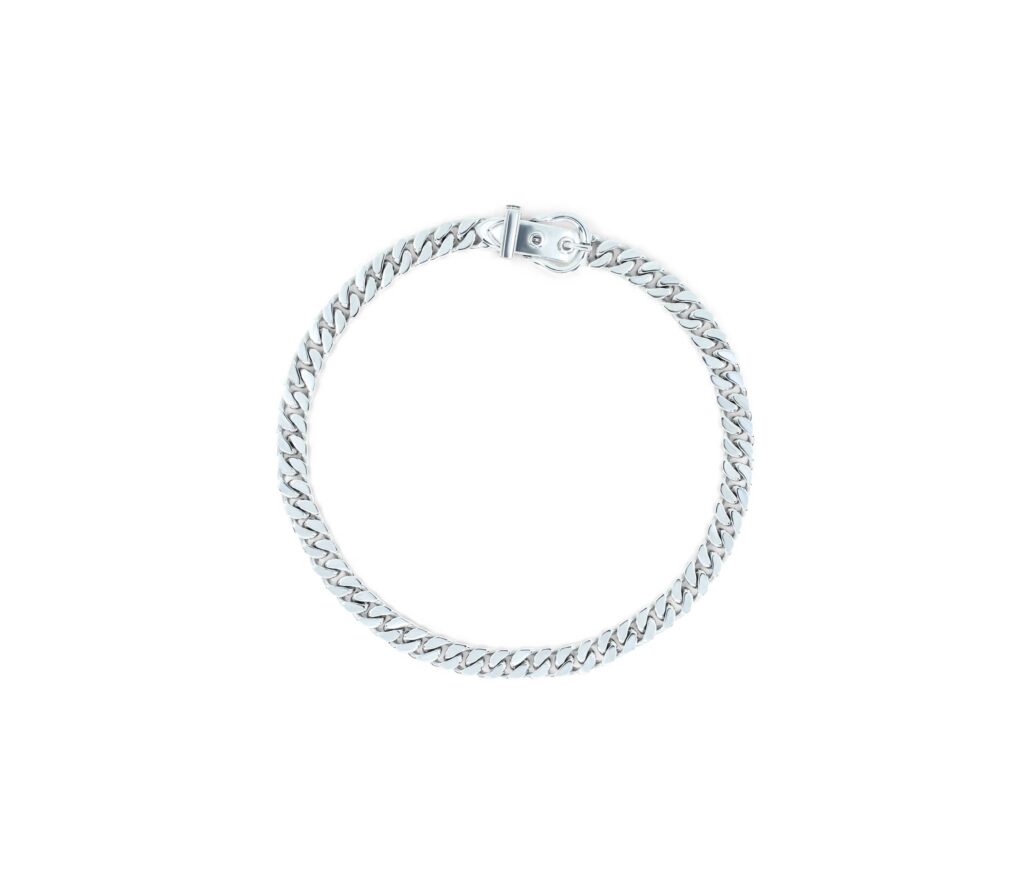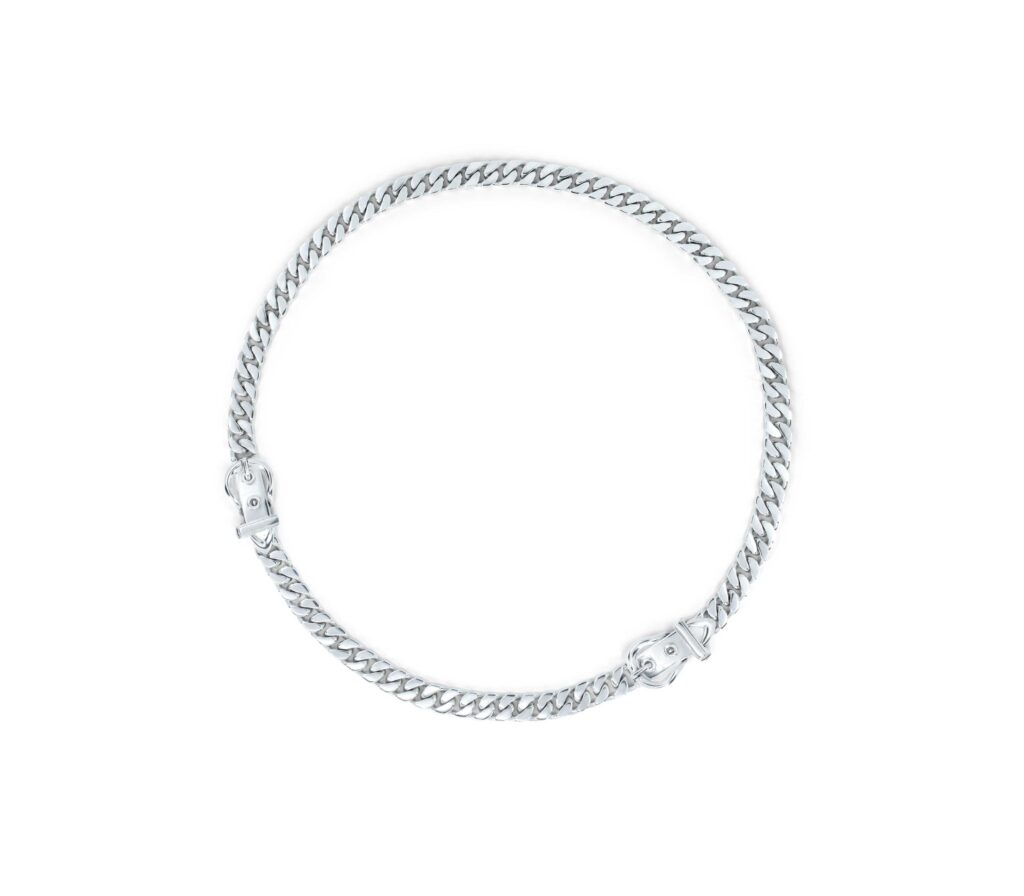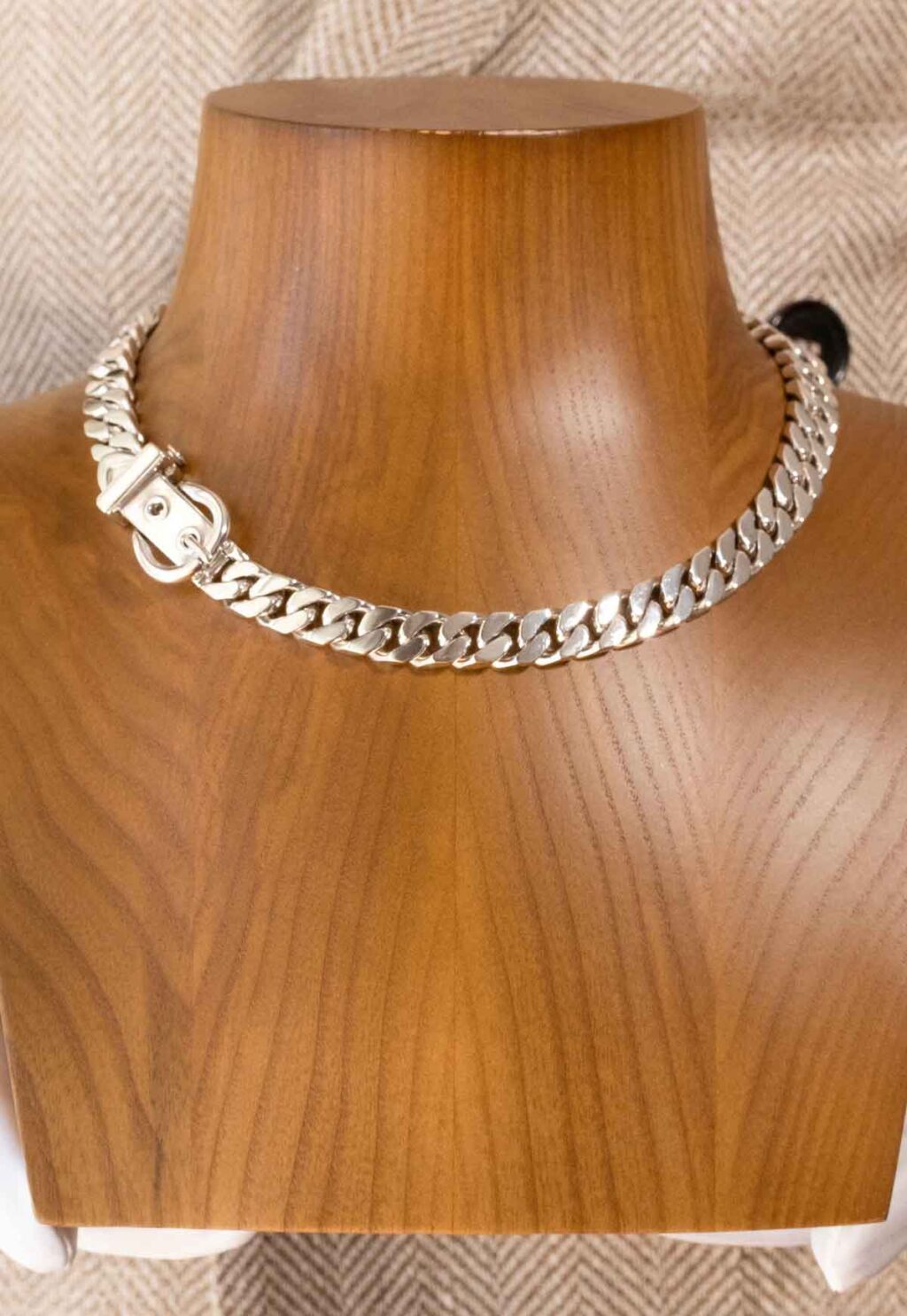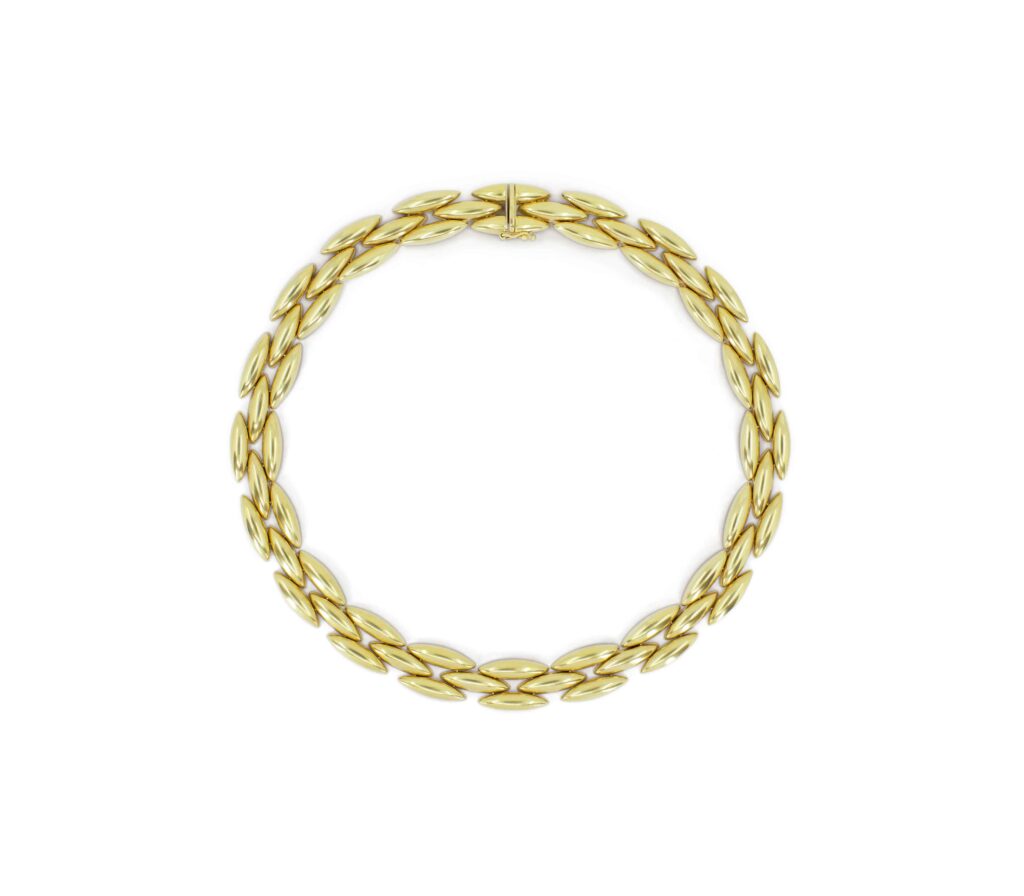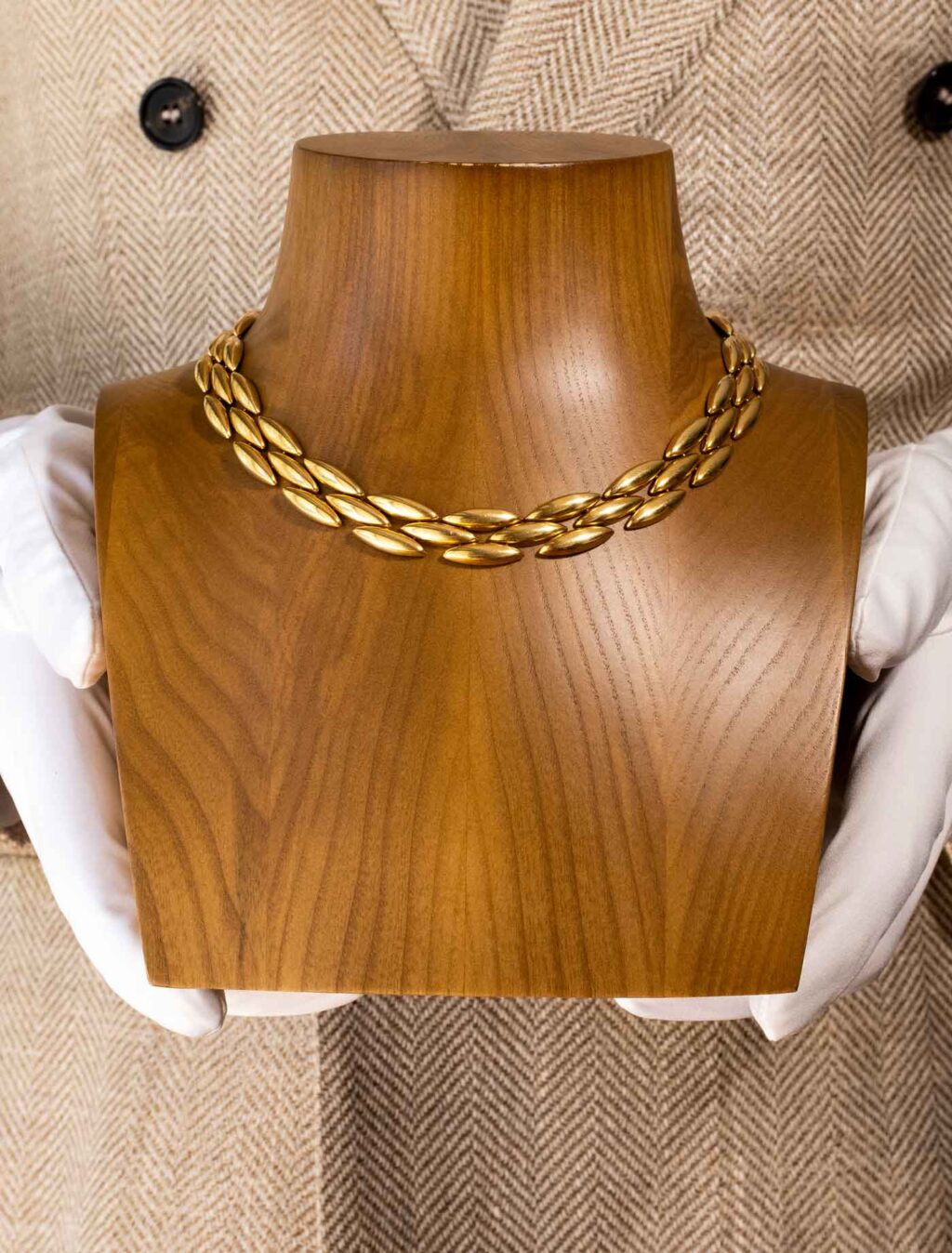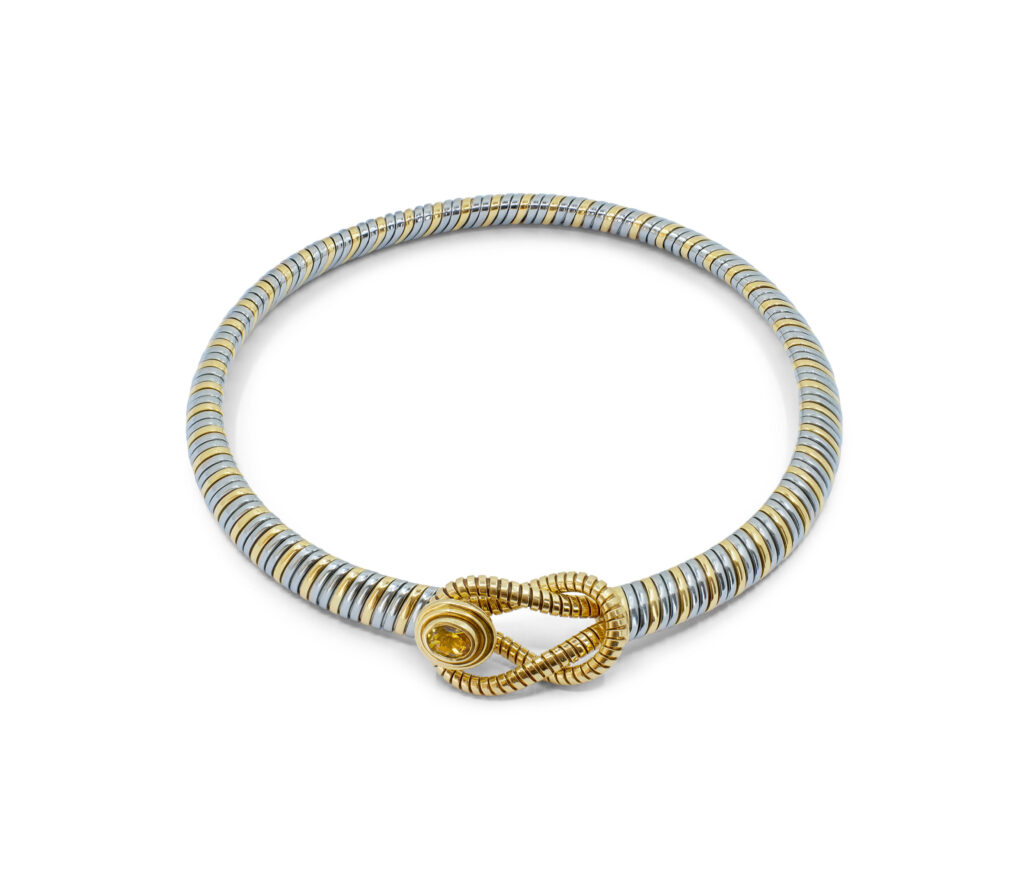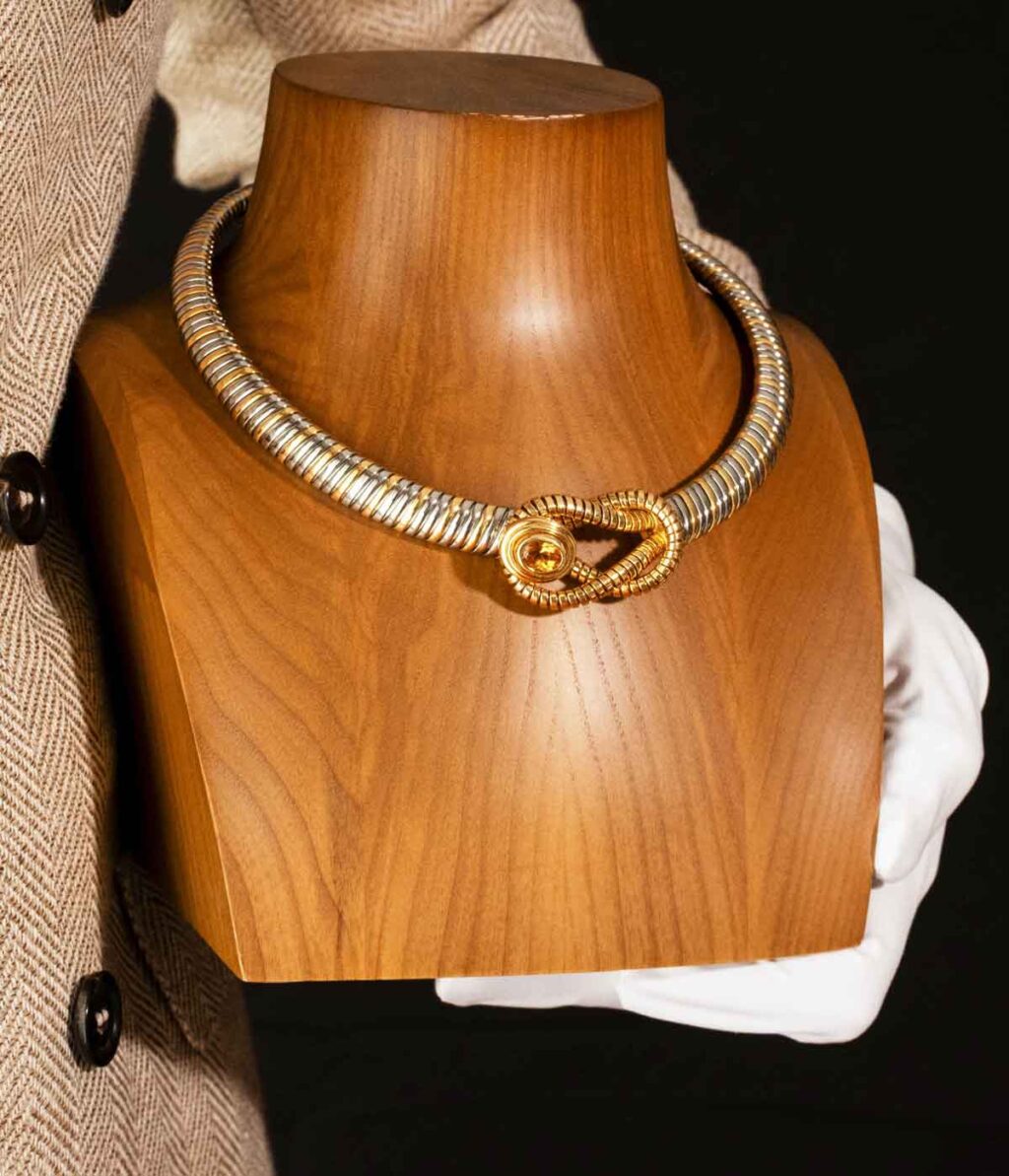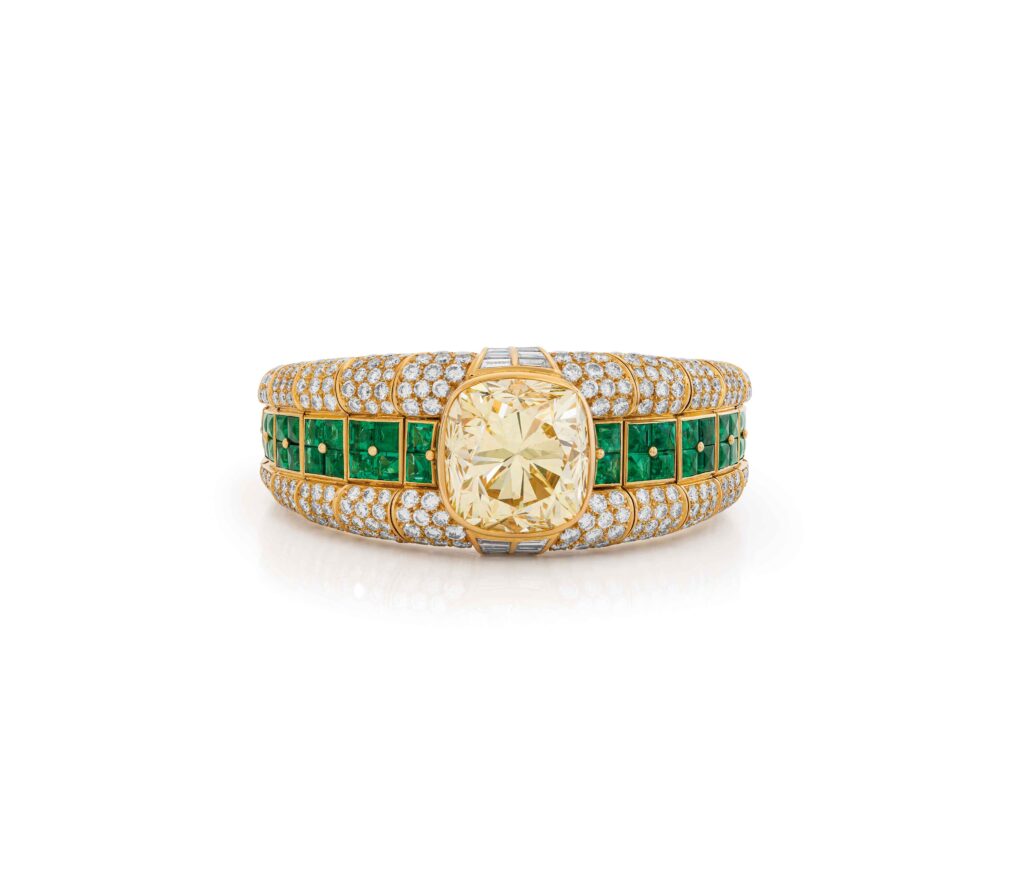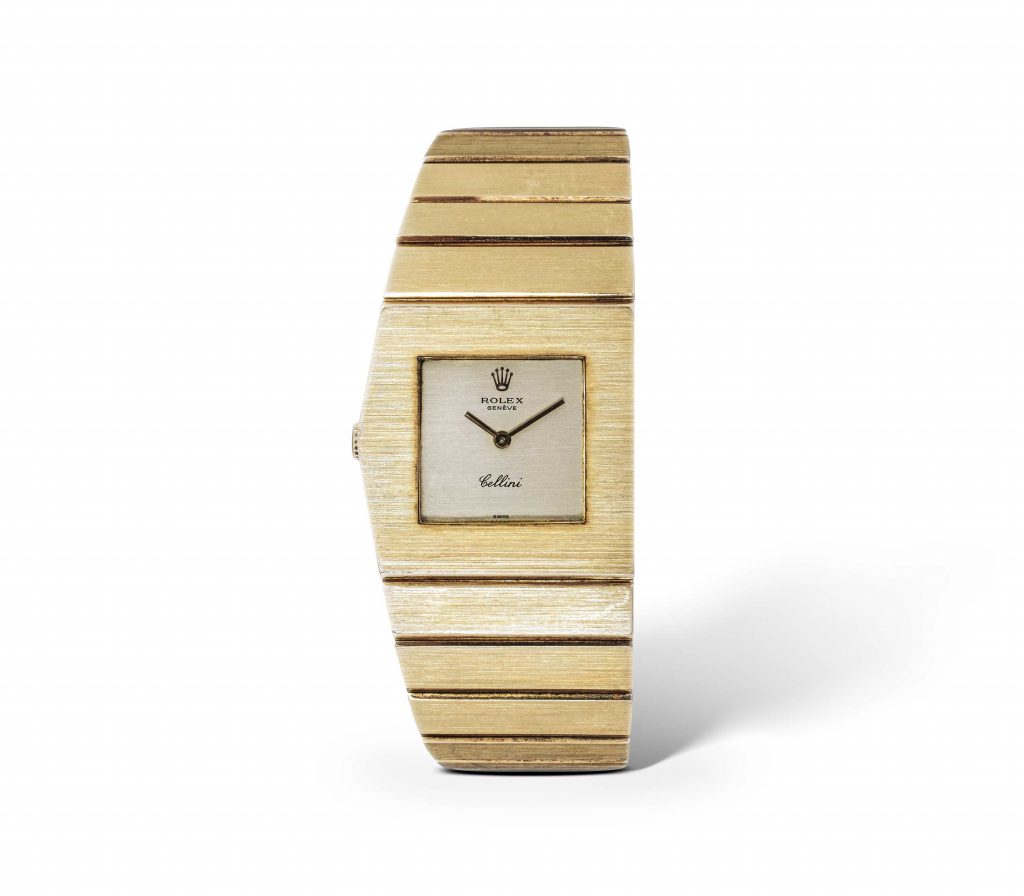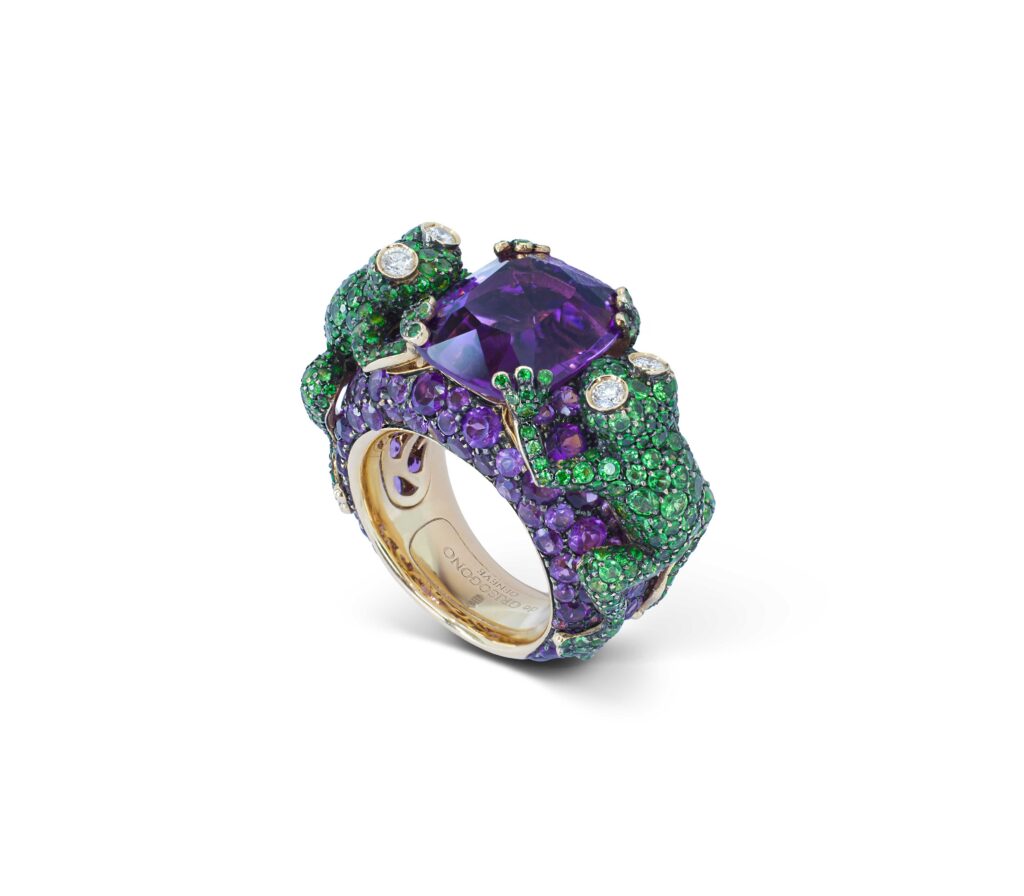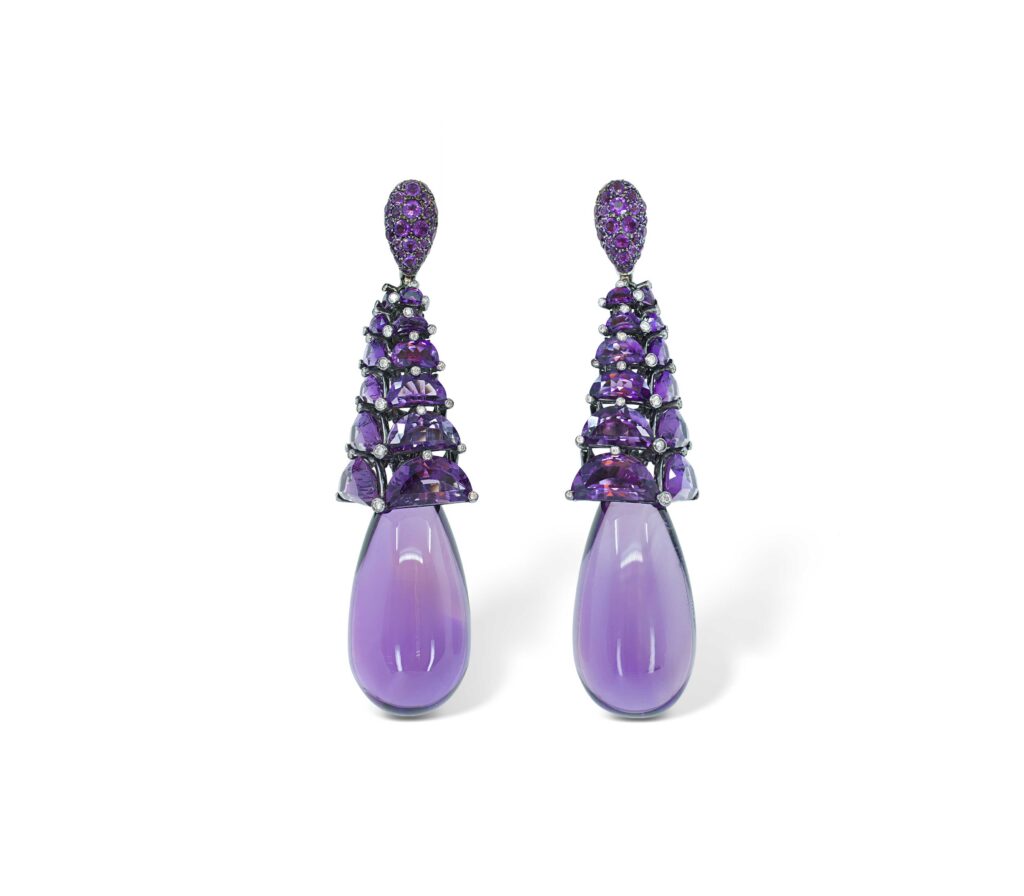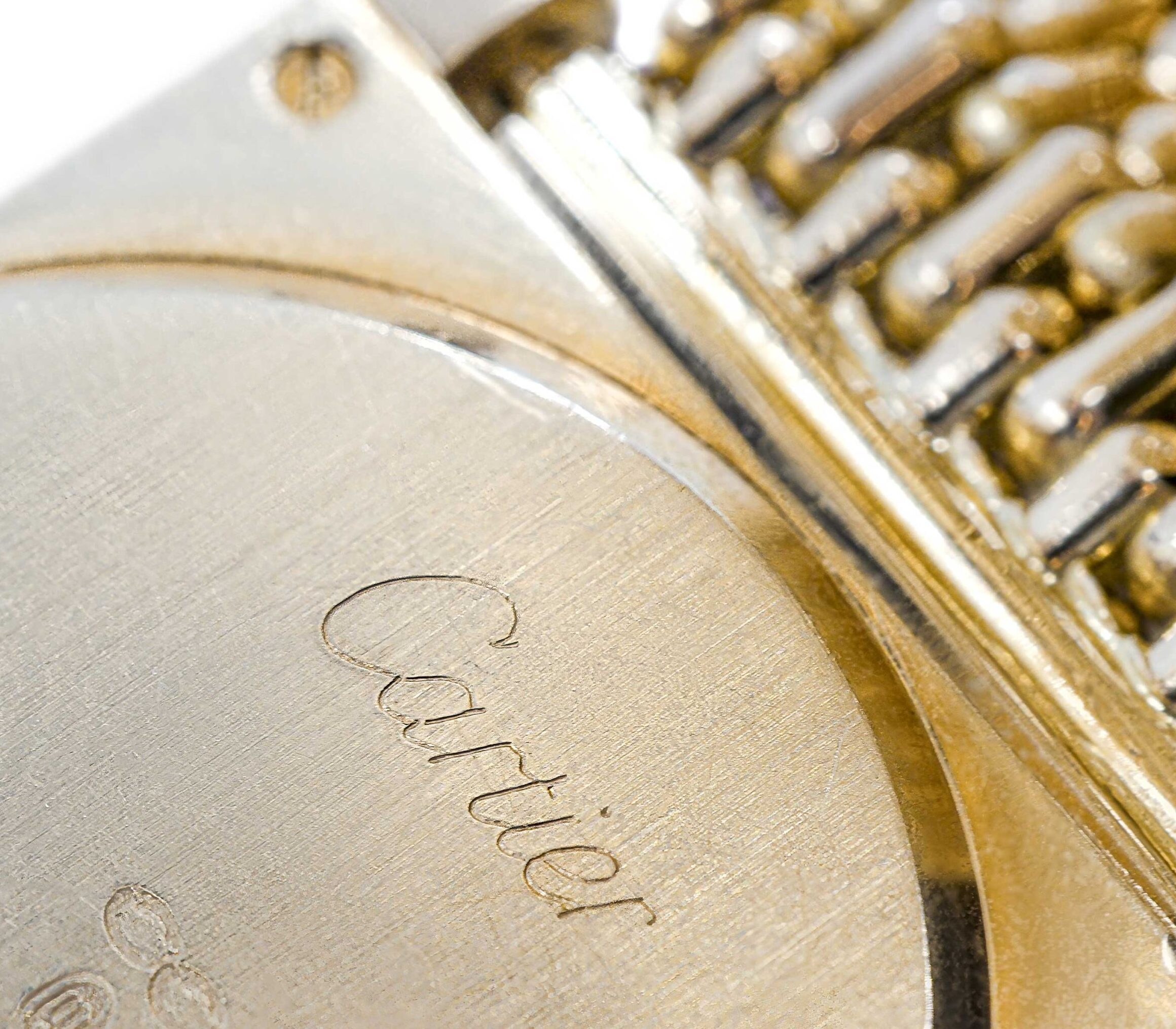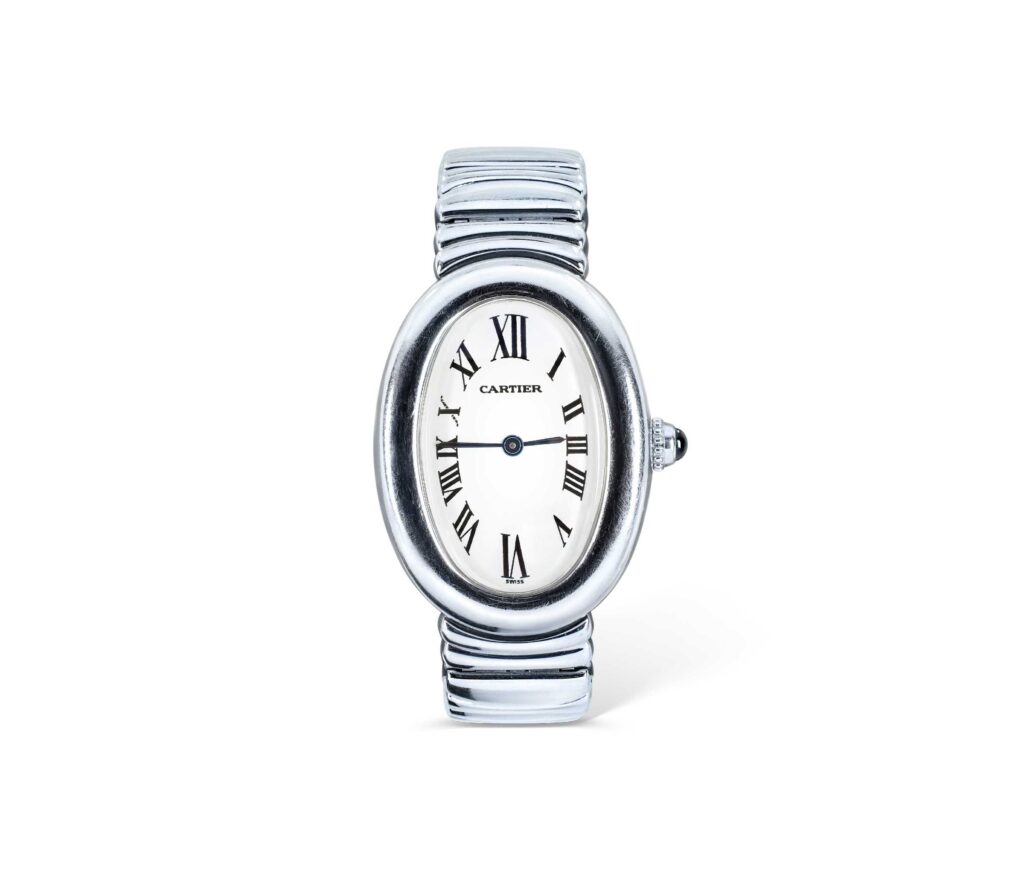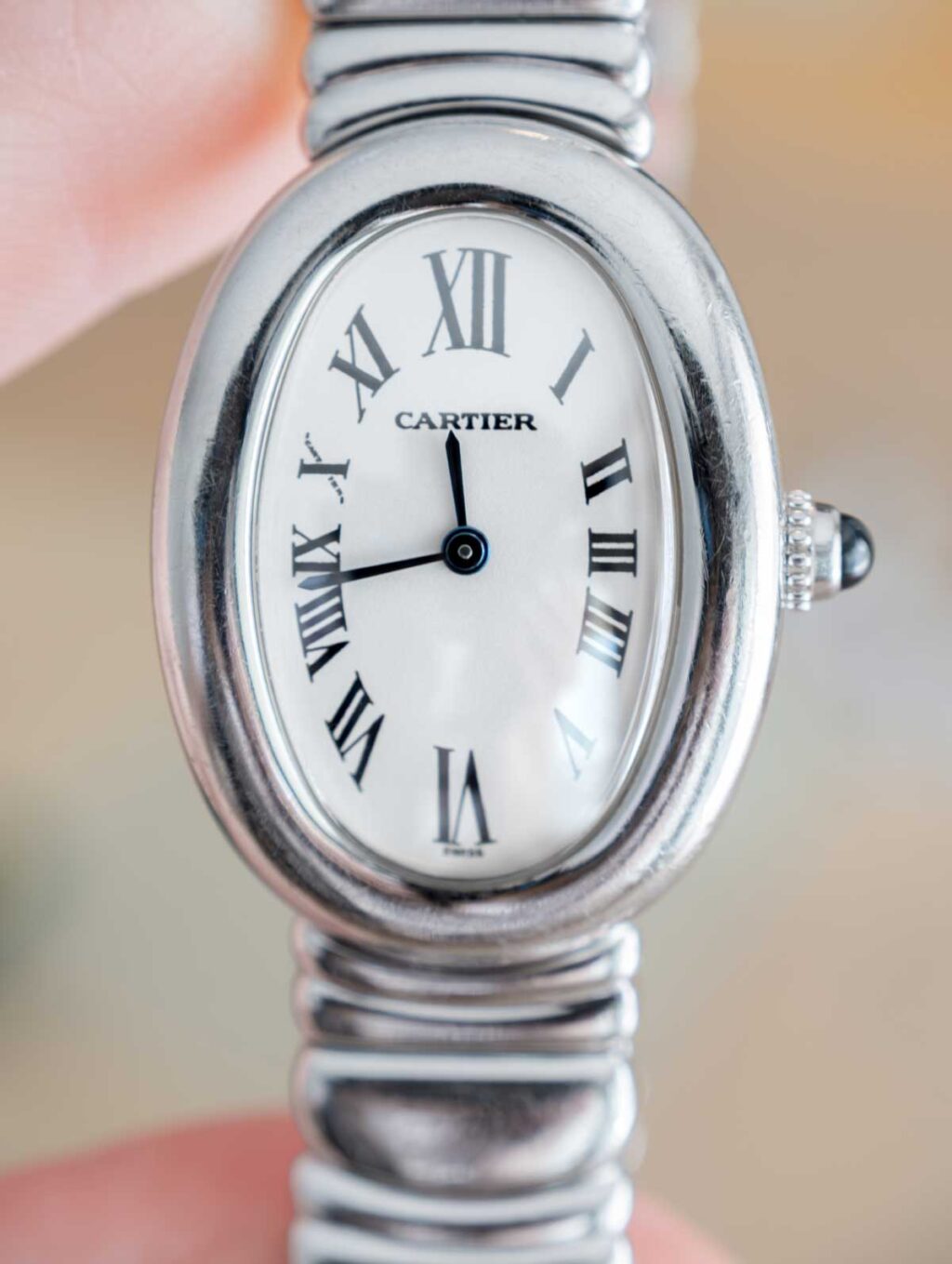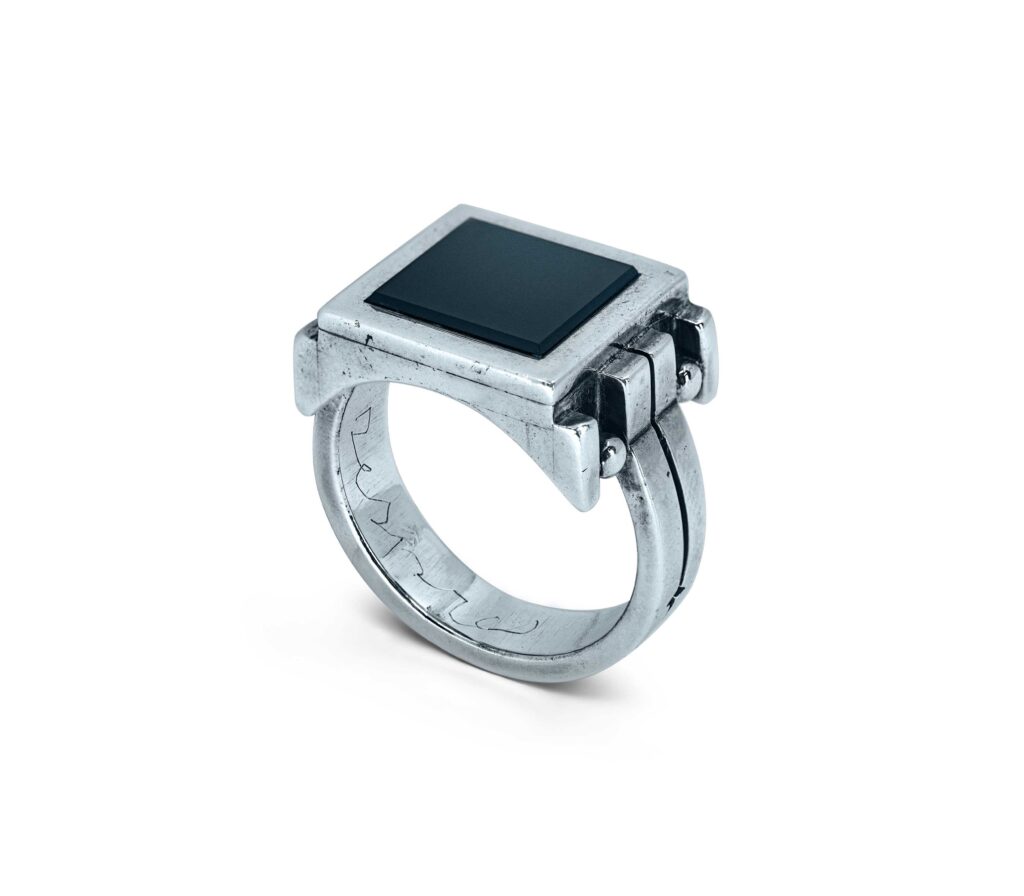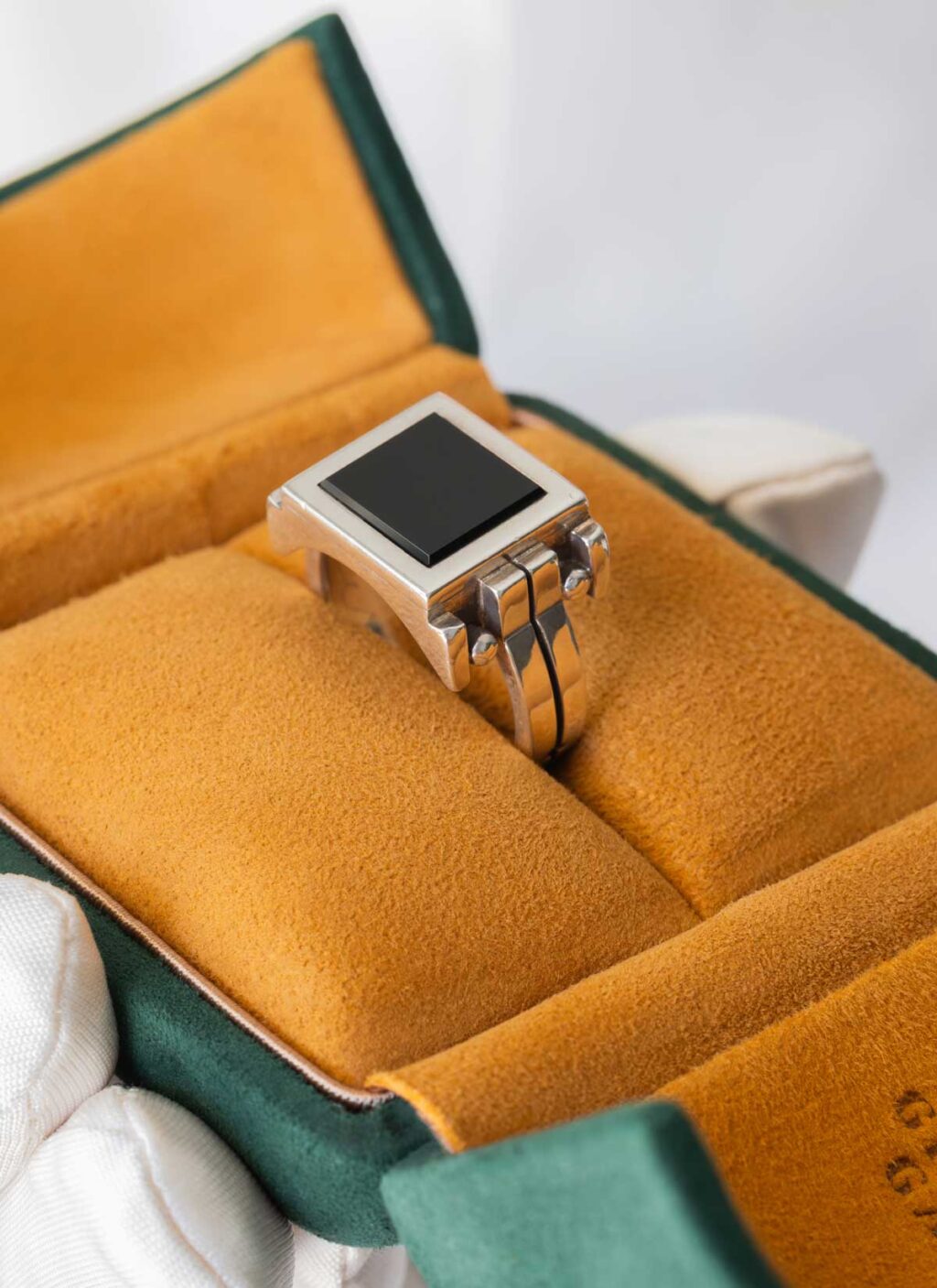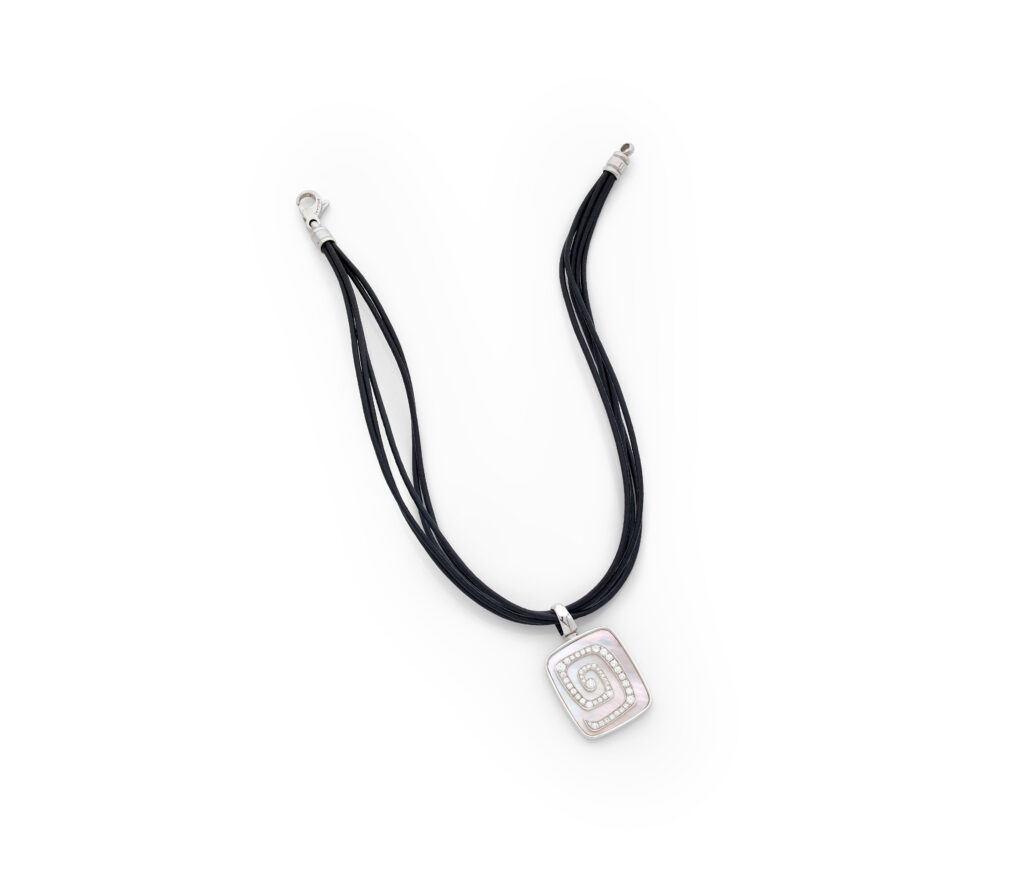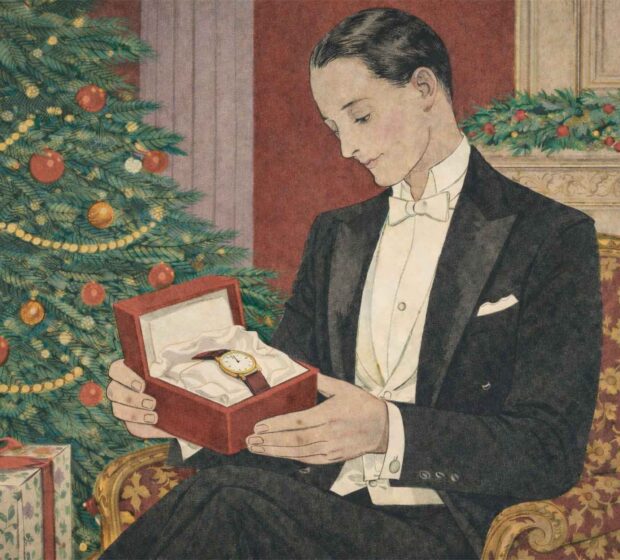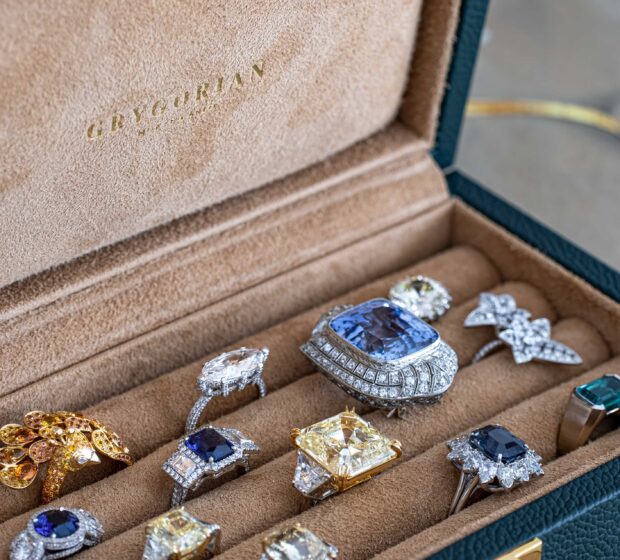From the delicate gleam of a century-old brooch to the precise hum of a rare vintage chronograph, every artifact presented by the Grygorian Gallery stands as more than an ornament or instrument—it is a vessel of memory, a guardian of legacy. Collectors, connoisseurs, and custodians alike often encounter a fundamental question during value assessment as they contemplate selling, insuring, or simply understanding their treasures and options through auction houses: What exactly is my piece worth?
Market, Insurance, or Auction Value? Understanding the Key Differences — and Which One Applies When You Sell
The answer may appear simple but quickly reveals layers upon layers of nuance, depending on which perspective—market, insurance, or auction—you pursue.я
Three Values, Three Stories
A single jewel, an antique watch, or an unmounted diamond can whisper a thousand stories. Yet on valuation day, three numbers tend to dominate the conversation. Each has its unique character, its own reasons for existing.
- Market value: A figure drawn from fluctuating tides of supply, demand, and shifting tastes.
- Insurance value: A bulwark against loss, often set high to guarantee peace of mind.
- Auction value: The real-time dialogue between object and bidder, sometimes flamboyant, sometimes subdued.
Consider how these terms, so familiar in daily commerce, take on poignant complexity when applied to pieces that have crossed decades, even centuries.
The Nature of Market Value
Market value is a living number. It ripples and dances with global economies, collector trends, and the whisper network of dealers, curators, and passionate hobbyists. When asking how much a vintage Patek Philippe or a Cartier art deco bangle might command, market value is the answer suggested by the current trade environment—if you chose to sell it today, willing seller to willing buyer, with neither feeling urgency or constraint.
The experts at Grygorian Gallery lean into a heritage of discernment, analyzing comparable sales, discrete private transactions, and the ever-changing preferences of an international clientele. Market value, in this context, is not merely a number—it’s a reflection of relevance, rarity, and desire at this exact moment.
Influences on Market Value
A variety of factors weave together to determine market value, particularly in the realms of high jewelry and horology:
- Provenance: History enhances allure. Did this diamond grace a royal gala, or does this watch bear the signature of a fabled craftsman?
- Condition and Authenticity: Every facet, every gear, every clasp must be verified, restored if necessary, and presented in its most faithful form.
- Rarity and Demand: Even in a world of opulence, true scarcity is prized. Limited production runs, discontinued models, or one-of-a-kind creations evoke competitive interest.
- Material Quality: The purity of gemstones, the intricacy of goldwork, or the cascade of original baguette diamonds all feed into valuation.
- Current Trends: Though taste may seem eternal, it is always evolving. A 1970s yellow gold necklace might re-emerge as the season’s essential, or a cushion-cut sapphire could displace the perennial round diamond in collector favor.
A look at Grygorian Gallery’s vintage jewelry collection demonstrates the richness of context each piece brings. The interplay between aesthetic, era, and exclusivity yields subtle shifts in perceived value.
Insurance Value: Safeguarding the Irreplaceable
If market value is a polaroid of today’s tastes, insurance value is a blueprint for restoration. Insurance does not concern itself with trends—it fortifies against loss, theft, or catastrophe, mandating a figure that will ensure replacement with one of comparable kind and quality, should fate intervene.
Here, appraisers at Grygorian consider the cost of sourcing or recreating an item, often relying on trusted workshops, global suppliers of fine gems, and networks steeped in artisanal tradition. The insurance value commonly exceeds what the object might fetch on the open market, as it is designed to cover the full expense of acquiring an equivalent—sometimes even necessitating bespoke artisan revival.
Why Insurance Value Is Usually Higher
It may seem counterintuitive, but insurance value frequently sits above market and auction prices. The reasons are rooted in practicality:
- Replacement is challenging: The 1930s ruby and diamond bracelet you inherited might simply not exist on the market today.
- Custom craftsmanship: Should the original vanish, handmade recreation is expensive, owing to artisanship and minute replication of period techniques.
- Retail replacement: Insurers often reference retail, not auction, prices to ensure no corners are cut sourcing a substitute.
Let’s look at a table to summarize these distinctions:
| Aspect | Market Value | Insurance Value | Auction Value |
|---|---|---|---|
| Basis | Private sale comps | Retail replacement | Recent auction results |
| Reflects | Current demand | Cost to restore/replace | Likely auction result |
| Usually Higher/Lower | Moderate | Highest | Often lowest |
| Used for | Selling, estate, tax | Insurance policies | Auction pre-sale estimates |
| Volatility | Moderate | Less variable | Highly variable |
| Influenced by trends | Yes | Rarely | Yes |
| Emotional value reflected? | Sometimes | Rarely | Sometimes |
For the devoted client, insurance value is less a matter of commerce and more an act of stewardship—preserving the pathway between past, present, and what tomorrow might bring.
Auction Value: Where Desire Finds Its Voice
The auction room is a stage where objects are tested not by theory but by passion. Auction value is grounded in anticipation—the best estimate of what bidding will achieve when the gavel finally falls.
Unlike market value, which can be quietly negotiated, or insurance value, which is calculated meticulously on replacement cost, auction value is public, unpredictable, sometimes exhilarating. Here, drama and timing play their parts. The context of a particular sale—the reputation of the auction house, the prominence of a certain estate, even the weather—can sway prices in ways that no formula can truly predict.
What Shapes Auction Value?
- Desirability at the moment: Is this piece catching the current collector’s eye? A sapphire brooch could spark feverish bidding if fashion lines and social media tastemakers are aligned, especially if it’s considered a valuable collectible.
- Auction house: Blue-chip institutions with global reach, like those Grygorian Gallery partners with, can draw out international bidding wars.
- Catalogue presentation: Lavish photography, lyrical prose, and detailed provenance help objects stand out.
- Lot sequencing and competition: Where an item sits in the sale, what it follows, and who is in the room matter enormously.
Timing, provenance, and narrative are everything. The auctioneer’s voice rises, hearts pound, and a once-in-a-lifetime artifact speaks for itself. The result can eclipse all other forms of value, but it can also surprise in the opposite direction.
Which Value Is Right for You?
Selecting the proper valuation and understanding the pricing strategy depends as much on your intentions as on the inherent qualities of the object itself, ensuring that the fair market value is accurately assessed for each scenario. Each value serves a distinct scenario; understanding which is appropriate empowers owners to make sound, confident decisions.
Common Scenarios
- Selling to a private collector or dealer: Market value is your reference point.
- Wondering what a piece might bring at public sale: Auction value offers a likely range, factoring in auction fees and potential excitement.
- Applying for or renewing insurance coverage: Insurance value ensures total replacement, safeguarding both peace of mind and heritage continuity.
The Grygorian advisory team takes pride in guiding clients through these decisions, blending decades of expertise with a respect for the personal narratives each piece carries.
The Heritage Perspective
For those entrusting heirlooms to institutions like Grygorian Gallery, value transcends currency. The emotional resonance embedded in a family watch, the subtle engraving on a mid-century brooch, the reassuring tick of a once-bespoke complication—these details matter, often as much or more than price.
As stewards of heritage, Grygorian’s approach is thoughtful and personal. Appraisals and value assessments are conducted in a spirit of reverence, with research extending to archival catalogs, recorded signatures, restoration documents, and oral histories when available. This ensures that both tangible and intangible elements contribute to the final assessment.
Practical Steps for Owners
Aligning your intentions with the correct type of value begins with organization and documentation. Whether your aim is to protect, sell, or simply appreciate, a few key practices stand out:
- Comprehensive documentation: Secure purchase receipts, previous appraisals, certificates of authenticity, and any restoration records.
- Condition reports: Regular professional inspections ensure authenticity and alert you to maintenance needs that could affect value.
- Updated appraisals: Regular reviews account for changes in market demand, insurance cost, or auction trends.
- Itemized photographic records: High-quality images of every angle facilitate both insurance claims and effective marketing.
- Consultation with recognized experts: A seasoned eye, familiar with the quirks of specific makers, eras, and styles, protects your interests.
Grygorian Gallery’s relationships extend into private dealers, auction houses, auction-house specialists, and master restorers across the globe. Whether evaluating a single diamond or cataloging an entire inherited collection, this network ensures accuracy and integrity on every estimate.
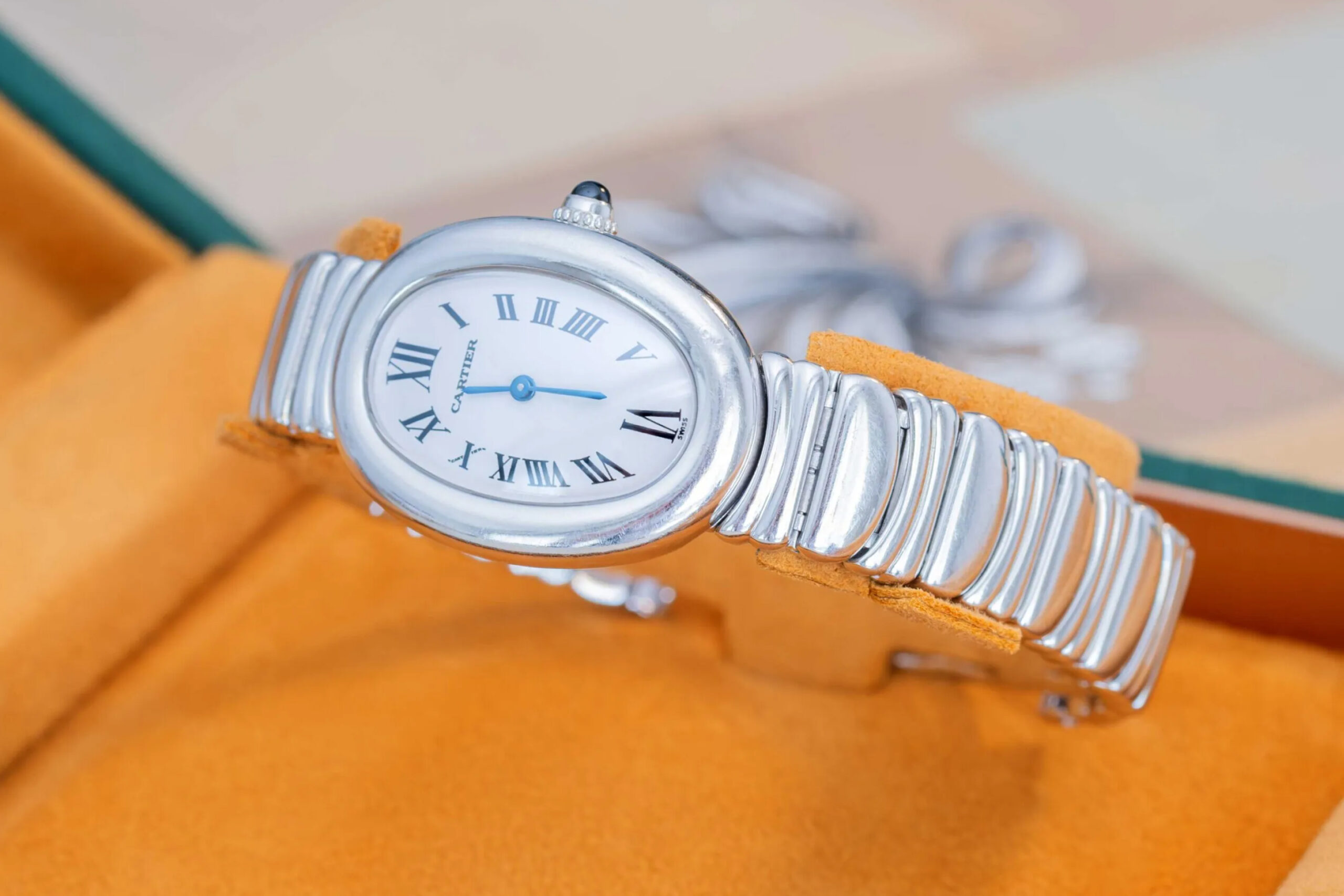
When Selling: Nuances to Consider
Let’s focus briefly on the selling process. Do not assume that the highest number or fair market value always benefits you most. Insurance value may appear tempting, but a buyer rarely matches it; it is designed for replacement, not sale. Auction value can ignite bidding frenzies, but it is also unpredictable—a reserve price ensures security, but a less publicized auction might underwhelm.
Market value, with its roots in mutual agreement and privacy, often yields the most stable path for those seeking efficiency and discretion, especially when dealing with a collectible item. It is here that trusted curators, such as those at Grygorian, advocate for their clients—using data from auction records, private sales, and their own history to guide every negotiation.
A Case Study: The Duality of a Vintage Watch
Imagine a 1956 Patek Philippe Calatrava, provenance confirmed, dial original and unrestored—a timepiece with both monetary and sentimental heft.
- Market value: Calculated from recent private transactions, verified condition, and demand among collectors enamored with mid-century elegance.
- Insurance value: Based on the full retail price to secure a similar piece, accounting for rarity and potential delays in sourcing another model.
- Auction value: Influenced by recent record-setting Patek sales, perhaps skewed by celebrity provenance, plus the anticipation generated by a well-publicized auction event.
For those wishing to browse, Grygorian Gallery’s vintage watches catalogue reveals both the poetry and diversity in the horological world—each example a testament to time’s transformative power on value.
When the Intangible Becomes Tangible
As economic climates shift and aesthetic sensibilities evolve, the connection between owner and object deepens. The measure of a jewel or watch is not merely in carats, signatures, or hallmarks, but in its capacity to stir memory, affirm tradition, and inspire wonder.
At Grygorian Gallery, valuation respects both the tangible materials and the grace notes of history—quiet details that can lift value beyond the arithmetic of trends or the storm of auction day enthusiasm. Appraisal here is an art and a responsibility: to honor heritage, to arm owners with clarity, and to ensure every transfer, be it across the breakfast table or the auction podium, is dignified by knowledge and care.
Choosing among market, insurance, or auction value is never purely arithmetic—it is a conversation with the past, with the self, and with those yet to treasure the same beauty. In such moments, value transcends mere number, becoming, like each curated piece, a living part of your personal legacy.

